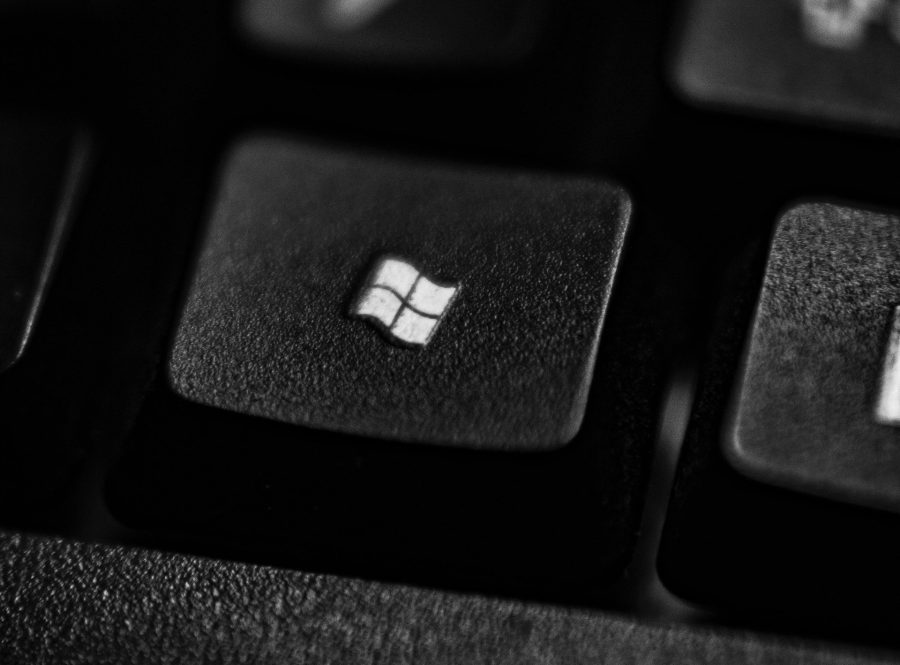Window users will soon be able to remove any unwanted features (or even people) within photos, due to new AI-powered eraser. Named ‘Generative Erase’, Microsoft will finally be stepping up and taking a slice of the AI editing fun. Built with AI capabilities, this new feature is an improved version of the ‘spot fix’ tool.
Announced on Thursday (Feb. 22) on the Microsoft Windows blog, the team has shared how you can now “fix and remove distractions from your photos, like background objects and miscellaneous visual clutter.”
Compared to the previous version, this update is said to create a more ‘seamless and realistic result.’ Other recent releases include the ability to blur or completely replace the background with AI. This feature is to be rolled out to Window Insiders this week across all channels. The current Photos app AI edit features are now available for Windows 11 for Arm64 devices too.
For the first time, Windows 10 will be receiving all of the AI editing features that were previously only available on Windows 11, including the blur background, remove and replace background, and Generative Erase.
General improvement and various stability fixes have also taken place within this update which is version number 2024.11020.21991.0.
It’s not yet known whether the use of the AI tools will be marked or come with metadata to highlight them from unedited images.
How to use Generative Erase in Windows
To use the tool, bring up a photo and look for the ‘edit image’ button. Select the ‘erase’ option and brush over anything you’d like to remove.
You can adjust the size of the brush tool to improve accuracy and precision, helpful for getting rid of small marks.
To remove multiple objects at the same time, disable ‘Auto Apply’ to add or remove masks.
Featured image: Images by efes from Pixabay


















